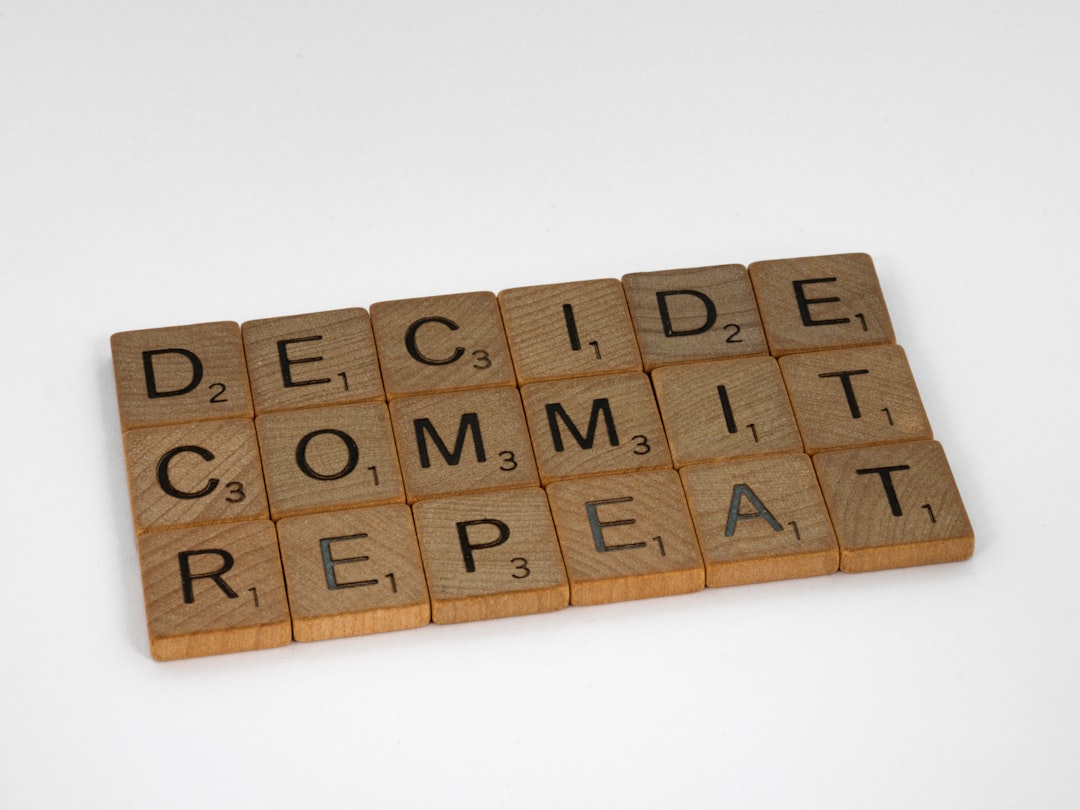In today’s dynamic business landscape, stagnation is a death sentence. Organizations that want to thrive must embrace a culture of continuous improvement. This isn’t just about incremental tweaks; it’s a fundamental shift in mindset, a commitment to constant learning, adaptation, and optimization. This post will explore the key elements of building a thriving continuous improvement culture, focusing on the principles of Kaizen – the Japanese philosophy of continuous improvement.
1. Laying the Foundation: Defining Your Improvement Goals
Before embarking on a continuous improvement journey, it’s crucial to define clear and measurable goals. What specific areas need improvement? Are you aiming to reduce production costs, enhance customer satisfaction, improve employee morale, or streamline processes? Setting SMART (Specific, Measurable, Achievable, Relevant, Time-bound) goals provides a roadmap for your efforts. For example, instead of vaguely aiming to “improve customer service,” a SMART goal might be: “Increase customer satisfaction scores by 15% within the next six months by implementing a new customer feedback system and providing additional employee training.” This clarity ensures everyone is working towards the same objectives and allows for effective tracking of progress.
2. Fostering a Culture of Open Communication and Feedback
A continuous improvement culture thrives on open communication and a willingness to embrace feedback, both positive and negative. Employees at all levels should feel empowered to identify areas for improvement and share their ideas without fear of retribution. This requires establishing safe spaces for dialogue, implementing effective feedback mechanisms (e.g., suggestion boxes, regular team meetings, anonymous surveys), and actively listening to employee concerns. Leaders must model this behavior, demonstrating a willingness to accept criticism and learn from mistakes. Transparency in sharing progress and challenges further builds trust and encourages participation.
3. Empowering Employees Through Training and Development
Continuous improvement requires a skilled and empowered workforce. Investing in training and development programs that equip employees with the necessary tools and knowledge is paramount. This includes training on problem-solving techniques (e.g., Six Sigma, Lean methodologies), data analysis, and effective communication. Empowerment goes beyond training; it involves granting employees the autonomy to make decisions, take ownership of their work, and implement improvement initiatives. Providing employees with the resources and authority to drive change fosters a sense of ownership and increases their commitment to the continuous improvement process.
4. Implementing Practical Improvement Tools and Techniques
While a strong culture is essential, practical tools and techniques are necessary to drive actual improvements. Lean methodologies, such as Value Stream Mapping and 5S (Sort, Set in Order, Shine, Standardize, Sustain), provide structured approaches to identifying and eliminating waste in processes. Six Sigma methodologies offer a data-driven approach to problem-solving and process optimization. Kaizen events, short-term focused improvement projects involving cross-functional teams, can tackle specific challenges quickly and effectively. The choice of tools and techniques should align with the specific goals and context of the organization.
5. Measuring Progress and Celebrating Successes
Regularly monitoring progress and celebrating successes are critical to maintaining momentum and demonstrating the value of continuous improvement. Establish key performance indicators (KPIs) to track progress towards your goals. Regularly review data, identify trends, and make adjustments as needed. Celebrating milestones, both big and small, reinforces positive behavior and motivates employees to continue their efforts. Public acknowledgment of achievements, team rewards, and individual recognition can significantly boost morale and foster a sense of accomplishment. This positive reinforcement strengthens the continuous improvement culture and encourages further participation.
Building a thriving continuous improvement culture is a journey, not a destination. It requires consistent effort, commitment from leadership, and active participation from all employees. By embracing the principles of Kaizen and implementing the strategies outlined above, organizations can create a dynamic and adaptable environment that fosters innovation, enhances productivity, and drives sustained growth.
Tags: continuous improvement, kaizen, lean management, process improvement, organizational culture




